Rising E-commerce Activities
The Material Handling Cart Market is significantly influenced by the rising activities in the e-commerce sector. As online shopping continues to gain traction, warehouses and fulfillment centers are under pressure to handle increased volumes of products efficiently. Data indicates that e-commerce sales are expected to reach $6.5 trillion by 2023, necessitating the need for effective material handling solutions. Material handling carts play a crucial role in streamlining operations within these facilities, allowing for quicker order fulfillment and improved inventory management. The demand for versatile and durable carts is likely to rise as e-commerce businesses seek to enhance their operational capabilities. This trend underscores the importance of material handling carts in meeting the logistical challenges posed by the expanding e-commerce landscape, thereby driving growth in the Material Handling Cart Market.
Focus on Workplace Safety Regulations
The Material Handling Cart Market is increasingly shaped by the emphasis on workplace safety regulations. Organizations are becoming more aware of the need to comply with safety standards to protect their workforce. The implementation of stringent safety regulations has led to a heightened demand for ergonomic and safe material handling solutions. Data suggests that workplaces that prioritize safety experience a 20% reduction in workplace injuries, which in turn boosts productivity. Material handling carts designed with safety features, such as anti-tip designs and easy maneuverability, are becoming essential in various industries. This focus on safety not only enhances employee well-being but also contributes to operational efficiency, making it a key driver in the Material Handling Cart Market.
Sustainability and Eco-friendly Practices
The Material Handling Cart Market is increasingly influenced by the growing emphasis on sustainability and eco-friendly practices. Companies are recognizing the importance of reducing their environmental footprint, leading to a shift towards sustainable material handling solutions. Data suggests that businesses adopting eco-friendly practices can reduce operational costs by up to 30%. Material handling carts made from recyclable materials and designed for longevity are becoming more prevalent as organizations seek to align with sustainability goals. This trend not only meets regulatory requirements but also appeals to environmentally conscious consumers. As sustainability becomes a core business strategy, the demand for eco-friendly material handling carts is expected to rise, driving growth in the Material Handling Cart Market.
Technological Advancements in Material Handling
The Material Handling Cart Market is witnessing a transformation driven by technological advancements. Innovations such as automation and smart technology integration are reshaping how material handling carts are utilized. For instance, the incorporation of IoT technology allows for real-time tracking of inventory and cart usage, enhancing operational efficiency. Market data indicates that the adoption of automated material handling systems is expected to grow by 15% annually, reflecting a shift towards more sophisticated solutions. These advancements not only improve the functionality of material handling carts but also reduce labor costs and increase accuracy in operations. As businesses seek to leverage technology for competitive advantage, the demand for technologically advanced material handling carts is likely to rise, further propelling growth in the Material Handling Cart Market.
Increased Demand for Efficient Logistics Solutions
The Material Handling Cart Market is experiencing a surge in demand for efficient logistics solutions. As businesses strive to optimize their supply chains, the need for effective material handling equipment becomes paramount. According to recent data, the logistics sector is projected to grow at a compound annual growth rate of 4.5% over the next five years. This growth is likely to drive the adoption of material handling carts, which facilitate the movement of goods within warehouses and distribution centers. Companies are increasingly recognizing the importance of reducing operational costs and improving productivity, which further propels the demand for advanced material handling carts. The integration of these carts into logistics operations not only enhances efficiency but also contributes to better inventory management, thereby solidifying their role in the Material Handling Cart Market.




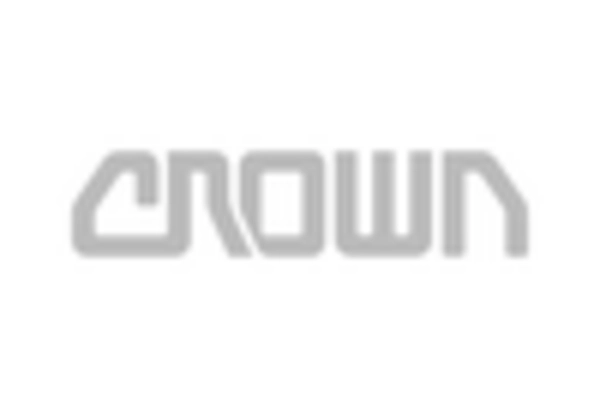
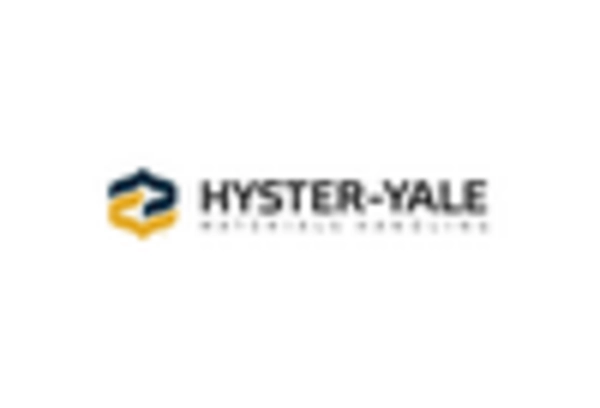
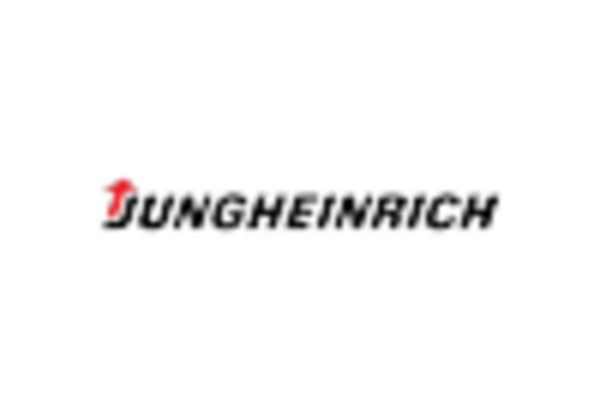

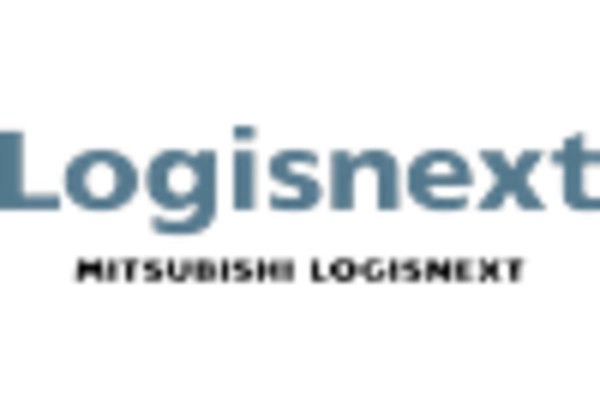
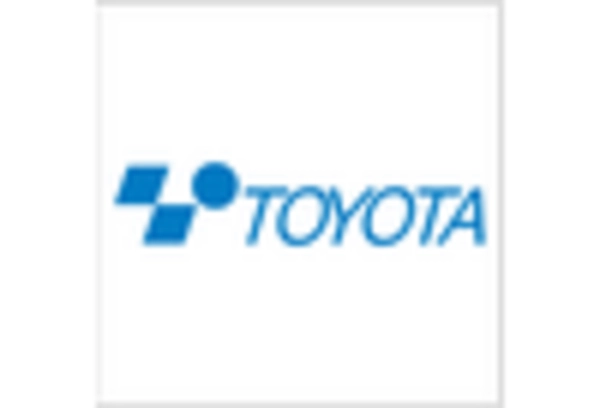








Leave a Comment